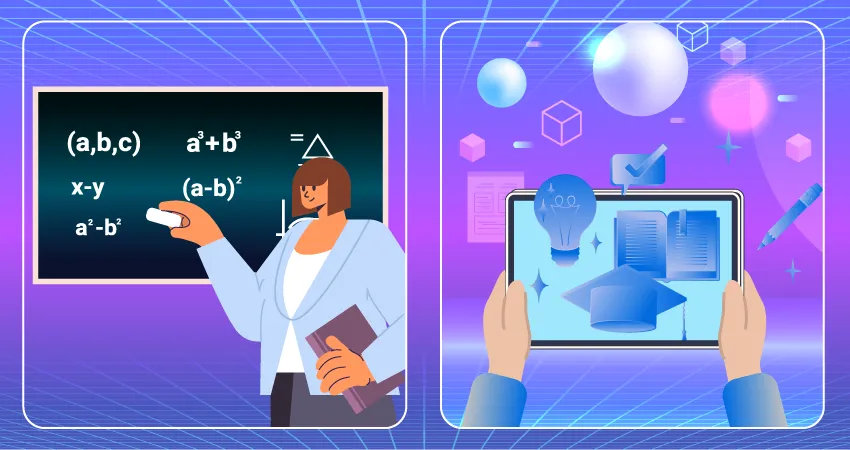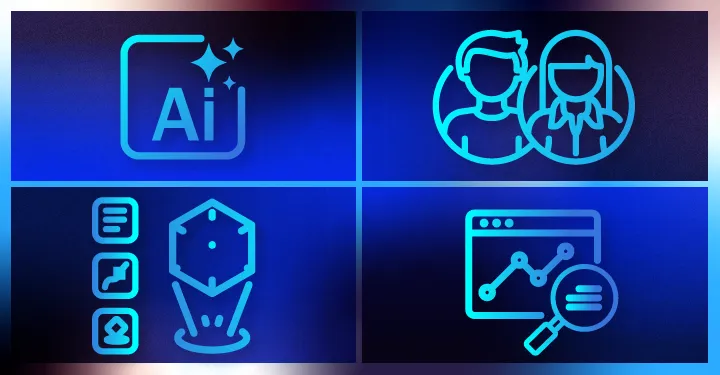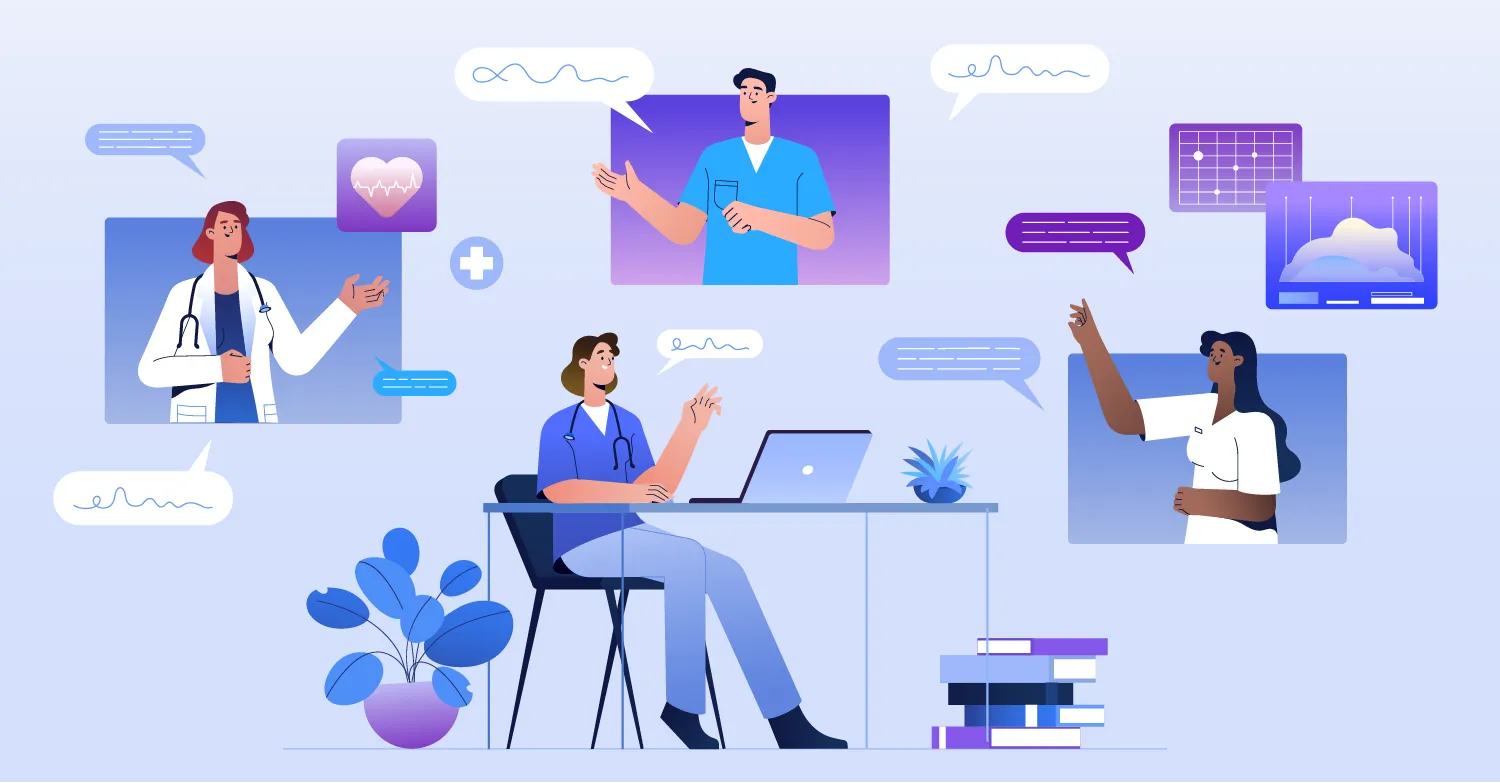Pedagogy vs Andragogy in Higher Education: One Educator’s Journey Toward Flipped Learning

Pedagogy and andragogy are separate concepts that cover completely different sets of learners: pedagogy refers to teaching children, whereas the principles of andragogy are geared toward adult learners. And yet, when we talk about teaching university-level healthcare students, we instinctively look to pedagogy as a guiding principle.
It’s easy to forget that in higher education (and especially in dentistry, which in some regions is a postgraduate pursuit) students are adults. They come to education with different motivations, contexts, and dispositions, which means—for these learners—effective teaching can fall well outside the parameters of pedagogy.
This was the experience of Gina Castiblanco (DDS, MSc, PhD) as both a learner and an educator. Dr. Castiblanco holds over 14 years’ experience across education, research, and scientific writing. A strong advocate for flipped learning in higher education and a quality assurance contributor to Immersify’s learning content, she sat down with us to discuss:
- Her journey toward recognizing the value of flipped learning
- Flipped classroom teaching strategies from a student’s and an educator's perspective
- Why university-level learners need to be thought of as adults in classrooms, better suited to andragogy than pedagogy
This Q&A has been adapted from a longer discussion. Responses have been edited, condensed, or rephrased for clarity and readability.

To start us off, could you talk about your early experiences as a student and what first made flipped learning stand out to you?
My dental school experience really began with fundamental scientific concepts: subjects like cellular biology and biochemistry. These are all important things to know, but throughout the process I kept asking myself: ‘how am I going to apply this in real life?’.
And so, of course, I found that the best learning occurred when I could see exactly how a given concept was linked to a clinical scenario. That’s when the real motivation came into play, both for me and (I suspect) my peers.
But while that realization gave an early sense that I’d react well to flipped learning, the fact is that my time at dental school was dominated by traditional modes of teaching: it was all about the lecture, and you’d then go to the library to make copies of the one book available! We could have saved so much time by getting hold of the material beforehand and asking questions during class, but in the early years of dental school you’re just not going to be comfortable asking for that sort of adjustment.
That changes once you reach graduate education, when you’re more confident in your learning and what you know. And, in fact, it was during my master's in biomedical science that I met a molecular biology professor who used what felt like a revolutionary method: he had us review the material in advance. A typical class of his would involve being presented with complex figures from the textbook and being asked to explain what was going on in those figures.
It was a scary experience at first, of course, but we quickly realized that it didn’t matter whether we understood everything perfectly or not: the point was that the professor would catch on to what we didn’t understand. We’d then discuss those areas together, and I’d end class feeling as though I’d made progress, rather than having attended a lecture on complex molecular processes.
It wasn’t until my time as a PhD student that I learned (during a class on teaching and learning technology) that this technique had name: the flipped classroom. And I was such a fan of the method that I adopted it during my time as a teacher.
KEEP READING | ‘Education Leaders: Why the Flipped Classroom Model Is a High-Impact Teaching Strategy for Value-Focused Institutions’
Let's talk about that graduate-level course on technology for teaching and learning. How did that shape your understanding of flipped learning and your own preferences as a student?
Technology is a wonderful repository of materials and resources for students to review before class. In fact, really, using technology in that way transforms educators into a mediator between information and learning, filtering knowledge through human experience.
And at the same time, using technology in this way is also a means of teaching vigilance: we’re helping students to engage critically with those resources and separate low-quality information from high. All the information is out there, so it’s not a question of choosing whether to use it or not: the best thing we can do as educators is to teach students how to judge and select appropriate sources. 
Were there any surprises when shifting from student to instructor, particularly in relation to engaging students in a flipped classroom?
It always takes some adjustment, especially in the first 10-15 minutes of class time. When students are switching between courses and instructors (which happens a lot in dentistry) you do get students who are accustomed to that single, traditional mode of teaching, so it can take a moment for them to understand that they’re owning the class as active participants.
But the surprise cuts both ways. For example, I was taken aback by students’ use of AI summaries: the first time I encountered them, I had to rapidly address the fact that my students may not have read their assigned papers in full and turn those summaries to my advantage (in this case by converting them into prompts for a debate).
That’s another point in favor of the flipped classroom: not only are you engaging students and avoiding the disconnect of the lecture format, but you get more direct access to how students are learning, and you're much better placed to talk with them rather than to them.
MORE FROM THE BLOG | ‘5 Benefits of Flipped Classrooms for Universities and Colleges’
You’re a clinician, researcher, and educator, and you’ve expanded your toolkit to include designing CE for adult learners. How does your understanding of andragogy versus pedagogy shape your approach today?
Drawing on my experience as a university researcher and educator, I also design continuing education that affects clinicians’ daily work. Part of that transition meant taking training in what are, essentially, the principles of andragogy, which opened my eyes to how adults process information differently from children.
This manifests in plenty of ways. For example, universities often involve a very heavy cognitive load: we give huge amounts of information in a short period of time, but the adult brain can only process so much at once. That’s a key distinction between pedagogy and andragogy, and it should have a bearing on how we teach: for example by offering learning material in smaller, more digestible quantities.
And, crucially, one of the key principles of andragogy (or teaching adults) is the idea of self-directed learning. While you do still need a curriculum, it’s important for adult learners to choose when, where, and how they learn: I like to use the phrase ‘freedom within limits’ here. Adults have the commitments, the self-understanding, and the motivation that make self-directed learning a much more suitable choice.
That brings us back to flipped classrooms. Assignments might take the form of podcasts or similar, less ‘conventional’ media to be completed prior to class, allowing adult learners to complete materials that they otherwise wouldn’t have time to review or engage with in traditional formats.

Some educators forget that dental students are, in fact, adults. How might that change the way we teach, especially with models like the flipped classroom?
It’s true that this hasn’t been sufficiently acknowledged, and teaching methodologies absolutely reflect that lack of acknowledgement. As I’ve said, it took me a long time to understand concepts like andragogy and practices like flipped classrooms, so it can be difficult to realize and articulate that dental students can be taught in ways that aren’t aligned with how adults learn.
And it’s important to have these conversations because let’s not forget that, in many regions, it’s quite possible to get a PhD and become a teacher without any formal training in teaching. That’s why I took that course on ‘technology for teaching and learning’ during my studies, and why I can confidently say that academics can benefit from more training on how to teach in a meaningful, engaging, and student-aligned way.
As we think about enabling these kinds of teaching strategies more widely, what role do you think technology can play, especially in supporting flipped or self-directed learning for adult students?
There’s no question that technology can bridge the gap between the information and the instructor. This is a subject that can (understandably) meet resistance from many, especially with the rise of AI. But, in my view, the best way to address technological change is to become strategic users of this technology (rather than letting it use us).
With the right approach, and especially when paired with deliberate, andragogy-aligned methodologies like flipped classrooms, learning technology is a really powerful means of enhancing our roles as guides and teachers.
RELATED READING | ‘How to Flip Your Classroom With Immersify: Embracing Flipped Education in 5 Simple Steps’
Want to Know More About Flipping Your Classroom With Immersify (And Without the Hassle)?
Immersify’s pre-made learning resources come pre-mapped to your curriculum, making it easy to distribute a range of relevant, immersive resources to your students ahead of class. Reach out to our team to discuss how Immersify can enhance your curriculum today.
This article was reviewed for clinical accuracy and educational relevance by Dr. Martin Ling, a GDC-registered dentist and Fellow of the Higher Education Academy.
Join our mailing list
Get the latest updates on immersive learning, industry trends, and resources delivered straight to your inbox.



